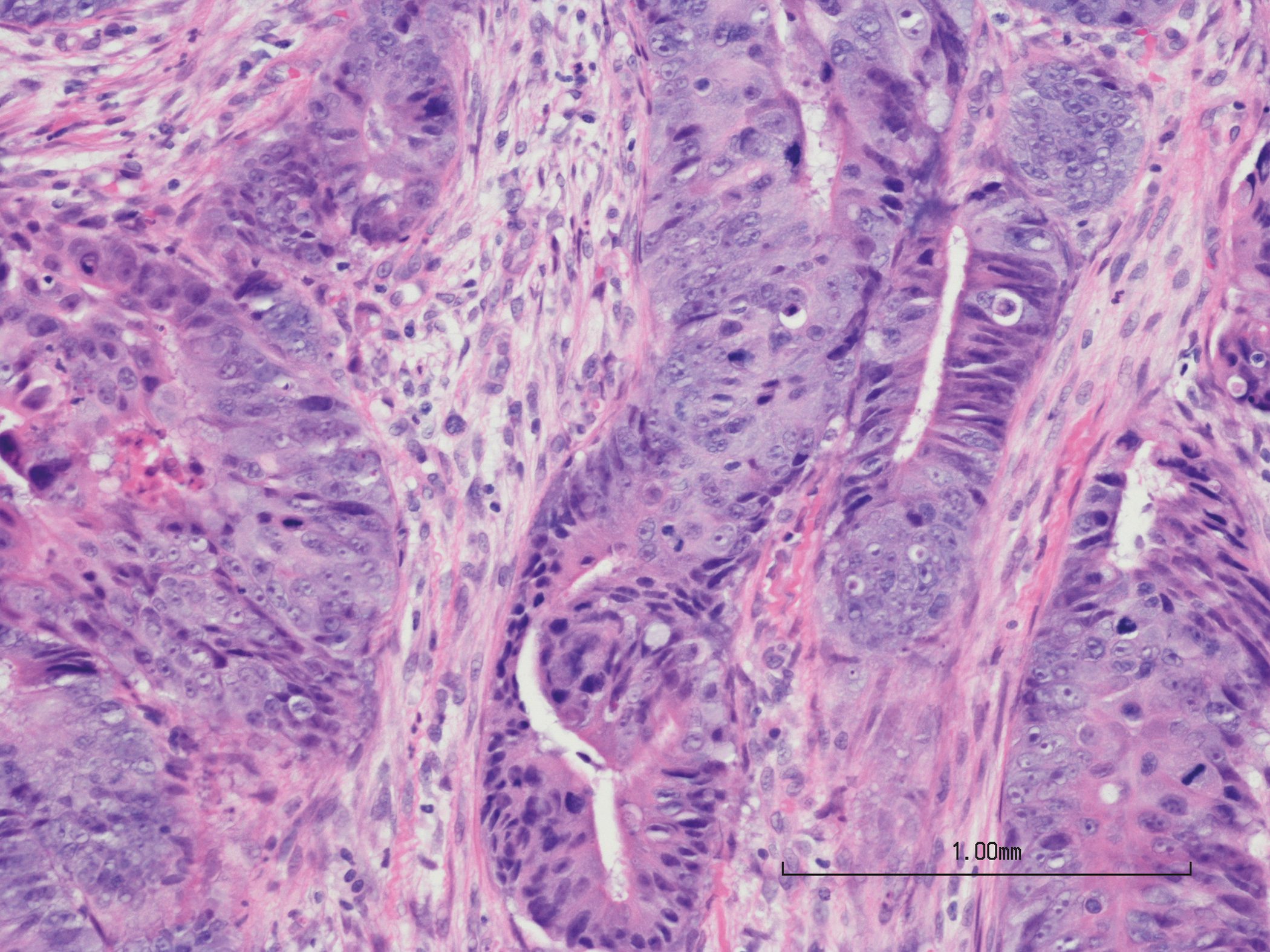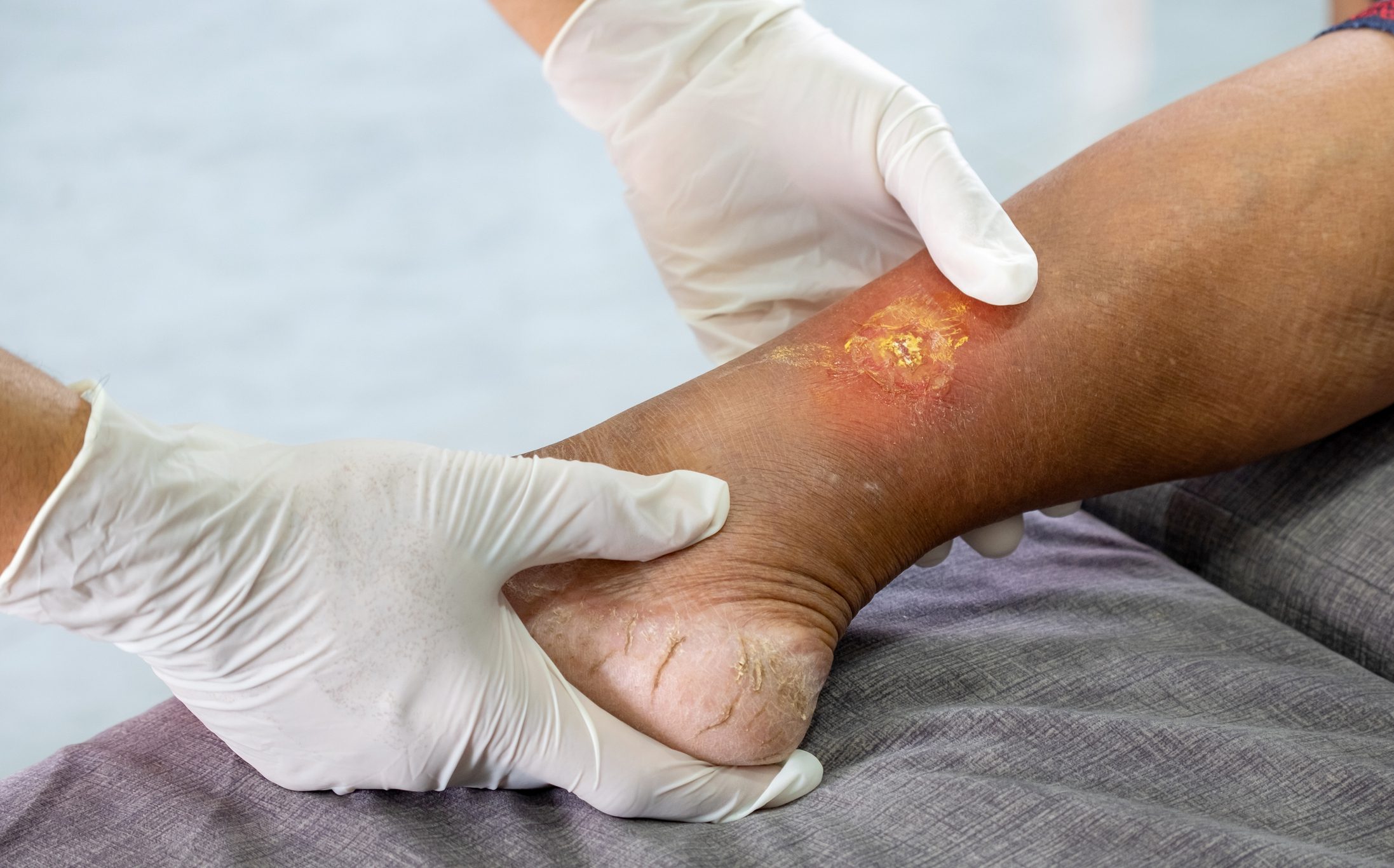Cervical carcinoma is in sharp decline in industrialized nations. The cytological cervical smear contributed to this. Nevertheless, cervical smear has been increasingly criticized. With the detection of HPV DNA, an additional screening method was offered. However, studies show that it is not cytologic smear errors but nonparticipation in the screening program that is the most important cause of cervical cancer going undetected. Independent studies also show that HPV detection does not significantly improve. Therefore, efforts should be made to include more at-risk women in the screening program. This is likely to be more promising than additional screening tests.
Gynecological screening is firmly established in all industrialized nations. An essential part of this examination is the cytological cervical smear (PAP smear). The Pap smear is hailed by some as the most successful cancer test ever. The 40-70% decrease in incidence is cited as evidence (Table 1) [1]. These are seemingly impressive results.

But that is not the whole truth. There are other causes. Thus, improved hygiene, improved body awareness, better medical care in general as well as the expansion of preventive medicine in particular are also partly responsible for the decline. This is supported by figures from the Nordic Cancer Register, which show that cervical cancer has decreased in all Nordic countries with and without cervical screening (Table 2) [2, 3]. So there must be other reasons.

Criticism of the cervical smear
Over the past 30 years, there has been increasing criticism of the cervical smear. The following criticisms are discussed:
- The number of participants
- The low sensitivity
- The beginning or the end of the pension
- The interval
- The wrong results.
In fact, it is well known that we examine the wrong women and these still too often. Socially vulnerable, elderly and old women stay away from screening. Also, epidemiologists tell us that screening is only useful if at least 80% of those potentially affected are enrolled in the program.
Which women still develop cervical carcinoma today? Several publications show that over 70% of women diagnosed with cervical cancer did not participate in the screening program (Table 3) [4–9]. Thus, only a small part is due to a failure of the pension system. The main problem is non-participation rather than the testing program.

HPV test: Good virus test, bad cancer test
After Zur Hausen established correlations in the development of cervical carcinoma and subsequently succeeded in molecular detection of HPV infection, the discussion for optimization of cervical screening was rekindled [10].Regarding HPV, the following facts must be considered:
- High prevalence, especially in the age group up to 30 years old
- Virus elimination within ten to fourteen months in approx. 90% of cases
- The HPV test is a reliable detection of HPV, but if positive, dysplasia or carcinoma is present in only one in ten cases.
- Conversely, if the HPV test is negative, higher grade dysplasia or carcinoma is virtually excluded.
- Image of a “sexually transmitted disease” (see statement by actor Michael Douglas, June 2013).
The HPV test is thus a very good virus test, but a poor cancer test.
Today’s models
Today, different models are discussed [11, 12]:
- Primary screening with PAP test
- Primary screening with HPV test
- Primary screening HPV and PAP test combined.
With regard to the examination frequency, periods of one to ten years are under discussion. When evaluating which is the best course of action, the adage: “The new must prove that it is better than the old!” should be considered. In the meantime, a large number of studies are available that propagate one of the two paths. For most of them, their independence may at least be questioned. The economic interest in the sale of HPV tests is very high.
Two independent institutions, namely the Institute for Quality and Efficiency from Germany and the Agency for Healthcare Research and Quality from the USA, reviewed and evaluated the extensive literature. The results are summarized in Table 4 [13, 14].

Swiss model in international comparison
The Swiss model currently in force provides for the following benefits:
Gynecological check-ups (including cancer smear tests) are paid for every three years if two previous check-ups have been performed without any findings. More frequent checks may be performed based on need or risk behavior.
What are the other countries doing? Most countries advocate smear testing every three years; HPV testing is recommended only in the United States every five years between 30 and 65 years of age [11]. In the UK and the Netherlands, it is recommended under certain circumstances.
Even if we do not have to reinvent the wheel, Swiss peculiarities must be taken into account in a new version:
Low incidence (5.7/100,000): Statistics from 1985-1989 and 2005-2009 show that incidence decreased by one-third and mortality by half in 20 years [15].
Opportunistic screening only: Unfortunately, because of opportunistic screening, exact data on the number of participants are not known. A rough estimate is that 50-70% of women in urban areas and 30-50% in rural areas participate in the screening program.
Screening and further evaluation are usually performed by specialist gynecologists, unlike in England or Holland.
High quality cytology: The poor results published from other countries are not known in Switzerland.
Different mentalities (“Röstigraben”): The French colleagues have already issued their own guidelines in 2010, whereby the HPV test is made possible from the age of 30 [16].
The Swiss have fundamental reservations about state intervention . The healthcare system is organized on a cantonal basis and is therefore difficult to coordinate on a national level.
The demands on the healthcare system are very high: the population’s attitude of entitlement and thus the demand for services remains high. The population wants the best among what is available, free access to innovation and high quality. The question is who is going to pay for it, and how long the system will remain affordable.
Possible improvements
Although some points in Swiss cervical cancer screening are unsatisfactory (Tab. 5), the situation is very good compared with other countries. The following points can contribute to further improvement:
- Improving primary prevention (avoiding risk factors, vaccination).
- National consensus taking into account Evidence-Based Medicine (EBM) and Swiss specifics.
- Nationally organized screening such as in Alsace.
- Accompanying studies to capture the basics
- Quality controls at all levels
- Improve training, 50 colposcopies are too few
- Bringing health insurers and the FOPH on board
- Resist pressure from the pharmaceutical industry (test providers).

Even the best program cannot completely eliminate cervical cancer. The available options must be discussed unemotionally. Quick fixes are to be avoided. Toxoplasmosis screening is still well remembered. Rather than additional testing, stronger efforts to bring at-risk women into the program are most likely to be more effective and more likely to succeed.
Conclusion for practice
- Early detection remains a balancing act between benefit and harm.
- Figures from the Nordic Cancer Registry show that cervical cancer in all the Nordic countries is still prevalent even in the absence of
- cervical screening has declined.
- Criticism of the cervical smear test is based on the insufficient numbers of participants from at-risk groups, low sensitivity, incorrectly timed start or end of screening, interval, and incorrect results.
- The HPV DNA test is a very good virus test, but a poor cancer test.
- Studies show that failure to participate in the screening program is the cause of cervical cancer going undetected.
- Attempts to increase the number of high-risk women enrolled in the screening program are likely to be more promising than additional screening tests.
Prof. em. Siegfried Heinzl, MD
Literature:
- Berrino F, et al: The EUROCARE-2 study. IARC Sci Publ No. 151. Lyon: IARC, 1999.
- Engeland A, et al: APMIS 1992; 38: 1-124.
- Hakulinen T, et al: Int J Epidemiol 1986; 15(2): 226-233.
- Andrae B, et al: Natl Cancer Inst 2008; 100: 622-629.
- Bos AB, et al: Int J Cancer 2006; 119: 2372-2375.
- Boulanger JC, et al: Gynecol Obstet Fertil 2007; 35: 764-771.
- Leyden W, et al: J Natl Cancer Inst 2005; 97: 675-683.
- Marquardt K, et al: Acta Cytol 2011; 55: 433-437.
- Yang B, et al: Cancer Causes Control 2008; 19: 569-576.
- Zur Hausen H, et al: Int J Cancer 1974; 13: 657-664.
- Canadian Task Force on Preventive Health Care: CMAJ 2013; 185(1): 35-45.
- Schneider V: Pathologist 2012; 33: 286-292.
- Institute for Quality and Efficiency in Health Care: Benefit assessment of an HPV test in primary screening of cervical carcinoma. Final Report. NOV. 28, 2011, www.iqwig.de.
- Vesco KK, et al: Screening for cervical cancer: a systematic evidence review for the U.S. preventive services task force. Evidence synthesis No. 86. AHRQ Publication No. 11-05156-EF-1. Rockville, MD: Agency for Healthcare Research and Quality 2011, www.ncbi.nlm.nih.gov.
- Krebsliga Schweiz: Statistical information on cervical cancer. September 2012, www.nicer.org.
- Groupement Romand de la société suisse de gynécologie et obstetrique: Recommandations pour la prise en charge des pathologies cervicales 2010, www.grssgo.ch.
HAUSARZT PRAXIS 2013, Vol. 8, No. 9












